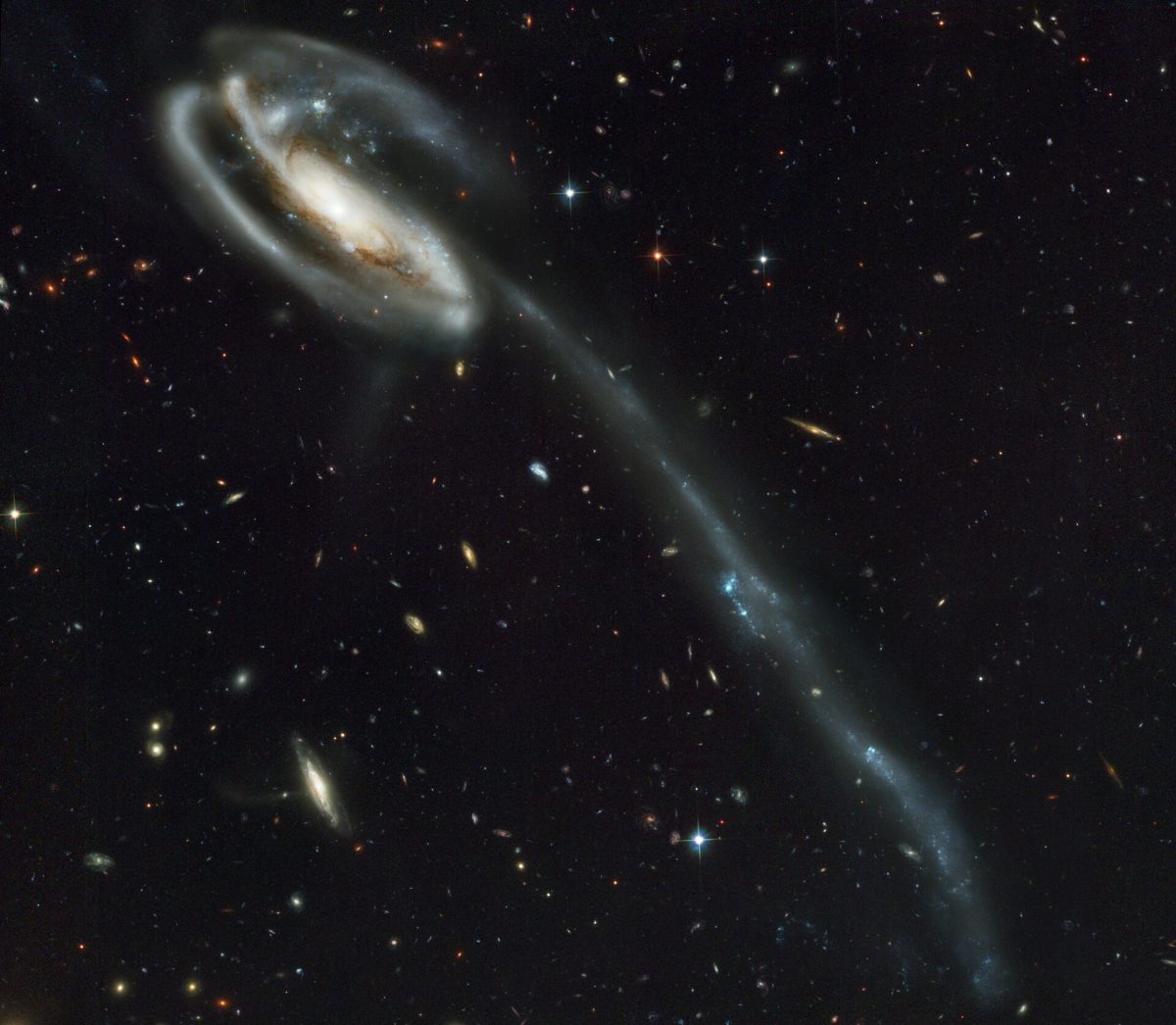AFC Track
Explore the luminous edge of the universe.
From the birth of stars to the secrets of dark matter, the Astrophysics and Cosmology track takes you on a journey across scales — from exoplanets to galaxy clusters, and from dusty disks to the dawn of the Universe.
This journey is led by a stellar crew: seven permanent faculty members, plus a vibrant constellation of postdocs, Ph.D. students, and collaborators from leading institutions. And they’re not alone — researchers from the IFT and the DFT often join forces, exploring deep questions in cosmology and astroparticle physics.
What can you explore in this track?
🌟 Star Formation & Exoplanets
Trace the cosmic cycle from molecular clouds to planetary systems. Projects span the formation of protostars, the evolution of protoplanetary disks, and the hunt for Earth-like worlds around nearby stars. Much of this research happens within major international collaborations like DUNES, GASPS, and ARENA, powered by space telescopes and coordinated observation campaigns.
🌌 Extragalactic Astrophysics
How do galaxies grow and evolve? What drives their chemical evolution and intense star-forming activity? This subgroup studies these questions through a blend of theory, modeling, and cutting-edge observations, using tools like integral-field spectroscopy and AI-enhanced data analysis. Expect involvement in projects like AMUSING, HI-KIDS, and WEAVE — and the chance to contribute to community-developed open-source tools.
🌀 Computational Astrophysics & Cosmology
Run simulations of the Universe — from the cosmic web to individual galaxies. This team builds and uses sophisticated codes (like GRASIL-3D) to explore the physics of galaxy formation, feedback, and dust. Their virtual universes are tested against observational data and help design future missions. Collaborations include top institutes like MPIA (Heidelberg), Trieste Observatory, and AIP (Potsdam).
🌠 Astroparticle Physics & Cosmology
What is the Universe made of? This line of research dives into dark matter, dark energy, the cosmic microwave background, and the large-scale structure of the cosmos. It bridges theory and data from cutting-edge experiments such as PLANCK and XENON, with strong synergies between the Department’s astrophysicists and IFT cosmologists. A uniquely integrated perspective at the frontier of knowledge.
